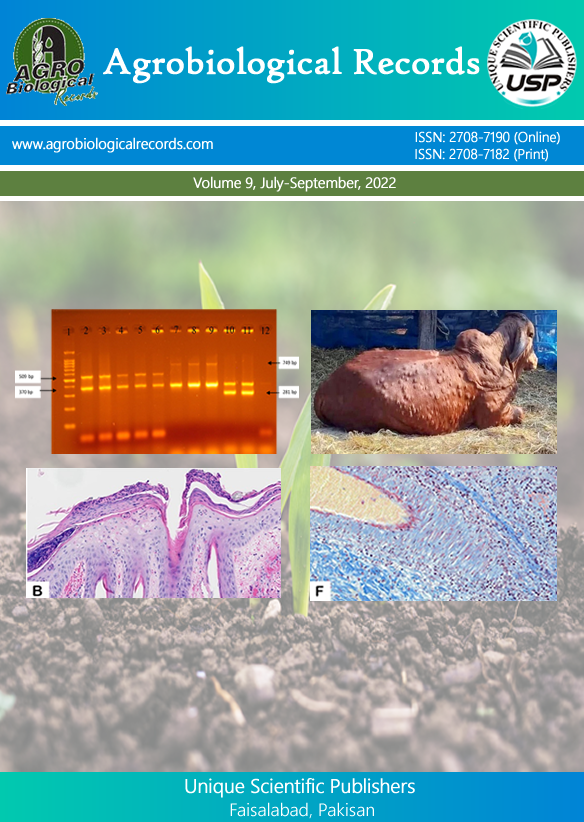
Ikeogu CF*, Okpala-Ezennia KP and Egwudike AC
Department of Fisheries and Aquaculture Management, Nnamdi Azikiwe University, Awka, Anambra State, Nigeria
*Corresponding author: cf.ikeogu@unizik.edu.ng
Success in aquaculture depends on the availability of quality fish feeds and the adoption of excellent feeding frequency for an increased growth rate of cultured species. This study was carried out to evaluate the growth rate of African catfish (Clarias gariepinus) juveniles reared with fish feeds of different nutritional components. Clarias gariepinus juveniles of mean weight (10.63±0.35g) and recorded mean length of 11.21±10.10cm with four experimental feeds, namely, Treatments 1-4 (T1-T4) for nine weeks, in a complete randomized design. Results showed that T4 performed significantly (P<0.05) better than other treatment groups in terms of mean weight gain (73.52±1.93g), mean length gain (10.97±0.58cm), specific growth rate (1.33±0.17), feed conversion ratio (1.17±0.01) and protein efficiency ratio (1.37±0.11). Lower growth performance values of 31.92±0.78g, 6.17±1.16cm, 0.76±0.34, 1.53±0.25 and 0.95±0.16, respectively, were recorded in T3. The condition factor (K) was within 0.77 to 0.89, which was not within the stipulated range recommended for tropical fish culture. A high survival rate of (>85%) was recorded among all treatments. Water quality parameters monitored throughout the research were observed to be within tolerable limits for fish culture. This study, therefore, showed that the experimental diet (T4), which contained 45% crude protein, 14% lipid content, 2.6% crude fiber and 10.0% ash content, was considered adequate for optimal growth performance in the culture of Clarias gariepinus juveniles.